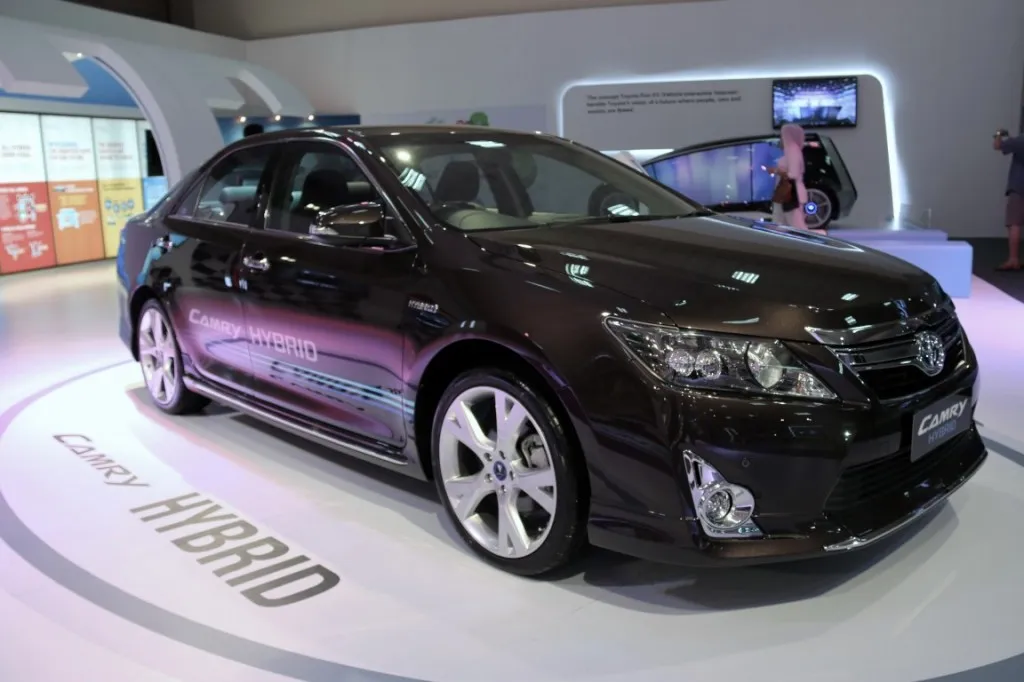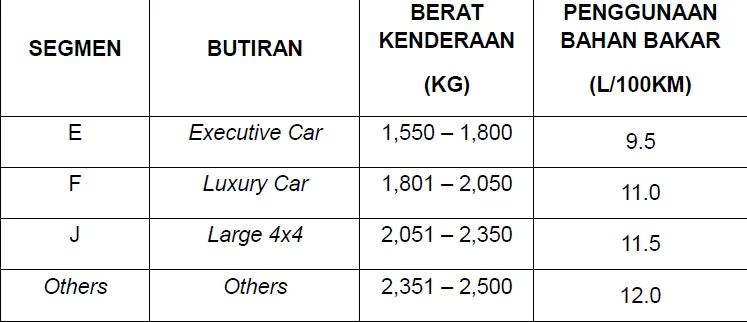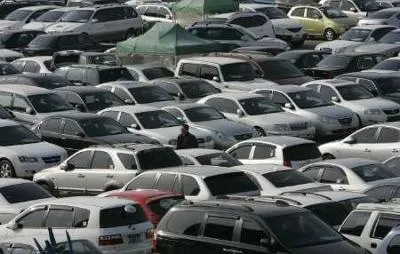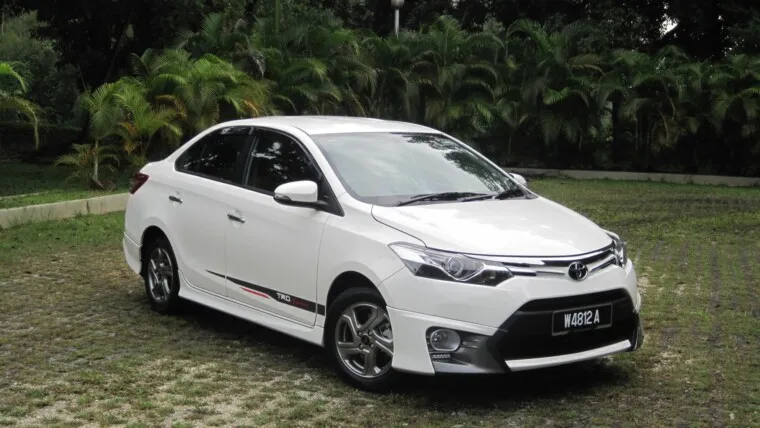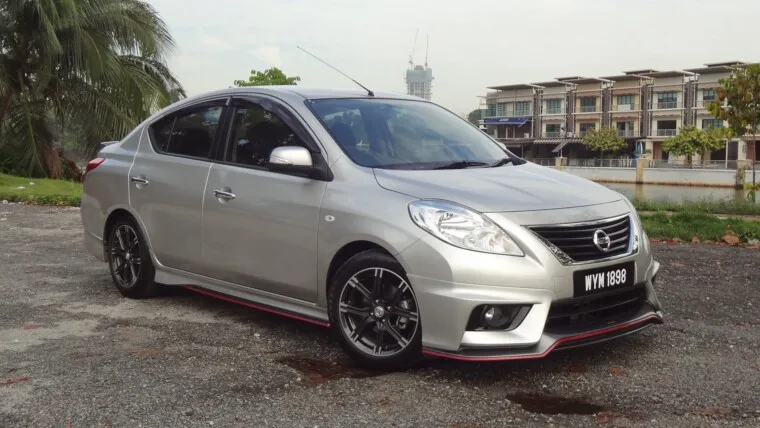After much speculation, guessing, and pure shot-in-the-dark comments on various social media, the revised National Automotive Policy (NAP) was finally announced by the Minister of Trade and Industry (MITI) on Monday, 20th January 2014, much to the relief of all automotive players in Malaysia, and ordinary Malaysians alike, who were perhaps holding back their new car purchase in hopes of a price reduction in overall car prices.
The details on the revised NAP are pretty much industry centric, which can be a tad confusing, thus we have compiled a simplified list on the impact of the new NAP towards the average Malaysian car buyer. But first, let’s recap the 6 objectives of NAP 2014:
- Promote a competitive and sustainable domestic automotive industry including the national car companies.
- Make Malaysia a regional automotive hub in EEV (energy efficient vehicles)
- Promote increase in value-added activities in a sustainable manner.
- Promote increase in exports of vehicles and automotive components.
- Promote participation of Bumiputera companies in the total value chain of the domestic automotive industry.
- Safeguard consumers’ interest by offering safer and better quality products at competitive prices.
WHAT’S CONFIRMED
1. The Honda Jazz Hybrid will be the cheapest hybrid car in Malaysia at RM90K. This was made possible since starting in 2014, the exemption of both import and excise duties on fully-imported hybrid cars has ended. The tax/duties exemption now only applies to locally assembled hybrid vehicles. In this case, the Honda Jazz Hybrid is the clear beneficiary of this revised policy.
This will result in a huge price increase for fully-imported hybrid vehicles below 2.0L such as the Honda Insight, Honda CR-Z, Toyota Prius, Toyota Prius C, Audi A6 Hybrid, Nissan Serena Hybrid, and Lexus CT200h.
2. UMW Toyota has just announced their support for the NAP by confirming the plans for local-assembly of the Toyota Camry Hybrid. Unveiled at KLIMs last year, UMWT has stated the Toyota Camry Hybrid will be available by late 2014, as this report suggests.
3. The Vehicle End-of-life policy was not announced, and instead a Voluntary Vehicle Inspection (VVI) was announced. It will be on a voluntary basis which encourages owners with vehicles aged above five years to be inspected via Puspakom or any other additional inspection centers which could be appointed in the future, to ensure that their cars are roadworthy. I know a few owners of old cars are rejoicing with this bit of news.
4. Approved Permits (AP) remains status quo, for now. MITI has announced they are still studying what’s the impact once the Open AP is removed, a move which in NAP 2009 the Open AP was planned to be removed in 2015. So for this coming CNY, upper middle-class families can still purchase imported big MPVs such as Toyota Alphard, Toyota Vellfire and so on to drive to their respective hometowns. Those who craving for performance cars can drive home the Nissan GT-R and various Audis. All these cars were made possible thanks to Open APs.
5. Prices of cars will also remain status quo for the time being, due to Malaysia’s fiscal conditions, where the government feels it is unwise to reduce excise/import duties from sales of cars. However, a few ways to allow prices of cars to reduce is via the initiative from the car manufacturers themselves. That includes increasing localization of parts and perhaps introduce more efficiency that allows cost savings. One example is the actions taken by Honda recently.
Yet again, this is not an overnight process and may need a few years more before Malaysian car buyers will see the possible price reduction.
WHAT’S STILL UNCLEAR
1. Energy-Efficient Vehicle (EEV). While NAP 2014 has announced the EEV w/o the details, there a lot of possibilities due to the uncertainties on this policy.
EEV was defined as vehicles that meet a defined specifications in terms of carbon emission level (g/km) and fuel consumption (l/100 km) – EEV includes fuel-efficient vehicles, hybrids, EVs and alternatively-fuelled vehicles, e.g. CNG, LPG, Biodiesel, Ethanol, Hydrogen and Fuel Cell.
The question from Malaysian car buyers is what sort of cars currently in our market are qualified? Does this mean locally assembled cars like Toyota Vios, Nissan Almera, Honda Jazz/City and Perodua Myvi qualifies to be an EEV vehicle? What sort of benefits end users will obtain? Should the car be much cheaper?
2. Euro 4 fuel quality. The government is still studying the possibility of bringing in the long-awaited Euro 4 quality of fuel in Malaysia. This is critical to allow EEV to work, since modern Euro fuel quality will allow manufacturers to bring modern and fuel-efficient engines. Our neighbors have already been using Euro 4 fuels and it is travesty to see Malaysia, a potential regional hub for fuel-efficient vehicles, remains in the archaic Euro 2 quality. However the question if there’s any fuel price increases if Euro 4 is introduced in Malaysia remains unanswered. The issue is that majority of the refinery trains in Malaysia have been set up to produce Euro 2 grade quality, especially when it comes to diesel fuel. With the upcoming PETRONAS RAPID project in Johor, we do expect the refinery trains planned for that region to be Euro 4 quality products.
3. On the imported hybrid cars on which tax exemption no longer applies, will there be plans for more locally assembled hybrids to be introduced in Malaysia? This initiative is in line with EEV where the NAP does want to see more assembly of fuel-efficient vehicles in Malaysia.
The list of hybrids which could be introduced as CKD units as below, categorized based from their franchise holders/official distributors.
UMWT
Toyota Prius
Toyota Prius C
Lexus CT200h
ETCM
Nissan Serena S-Hybrid
Nissan LEAF
Honda Malaysia
Honda Insight
Honda CR-Z
Honda Civic 1.5 Hybrid
*Note: Honda Malaysia will have a good head start with the new revised NAP, given that they have added an additional line in their assembly plant. This may indicate there a strong possibility a few hybrid models will be introduced as CKD units, just like the ever successful Jazz Hybrid.
4. Returning to no 3, what will be the new pricing for imported hybrid vehicles for 2014?
5. The government’s willpower on overdue issues- one of them is the gradual reduction of car prices, given that it was one of the promises during the general election last year. MITI has announced a car price reduction framework has been established to study the measures to reduce car prices. However, just like the EEV and VVI, there are no clear details given. The abolishment of the controversial AP system remains to be seen as well.
CONCLUSION
The revised AP has actually raised more questions than answers. A lot remains vague and questionable, it’s quite a travesty to see why MITI has announced a half-baked NAP that confused more than clarified. But to those who are still looking to buy new cars at cheaper prices, it looks like you’ll have to wait a little longer, as MITI’s ‘car price reduction framework’ envisions 20-30% lower car prices only over the next 5 years to 2017
Compiled by TC, ML & CW.



